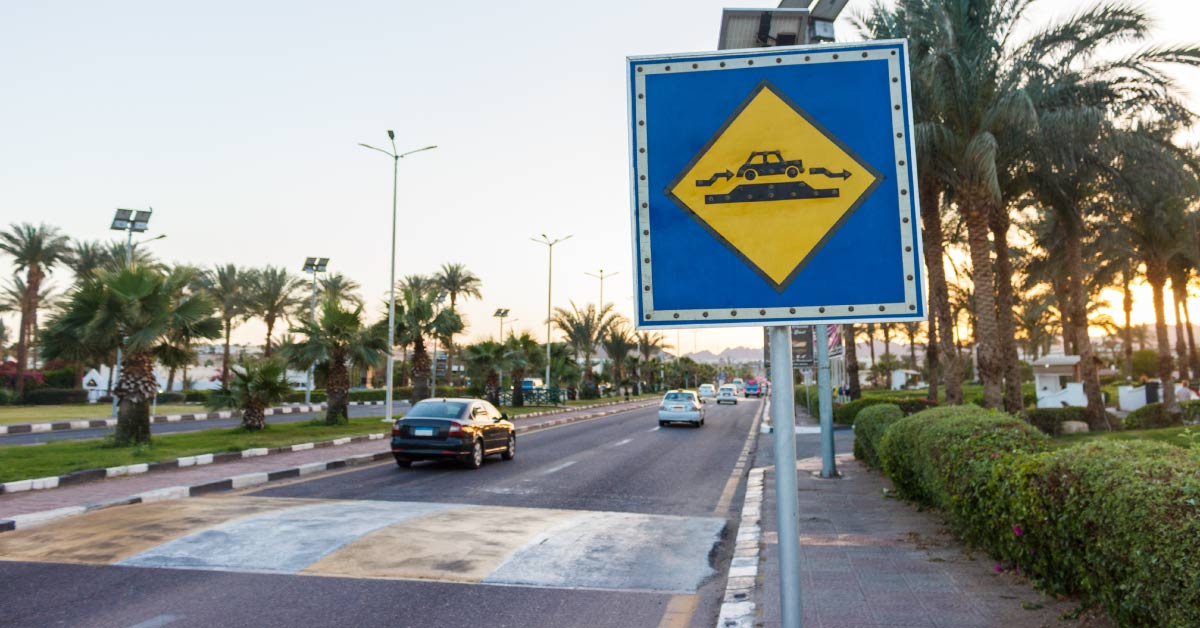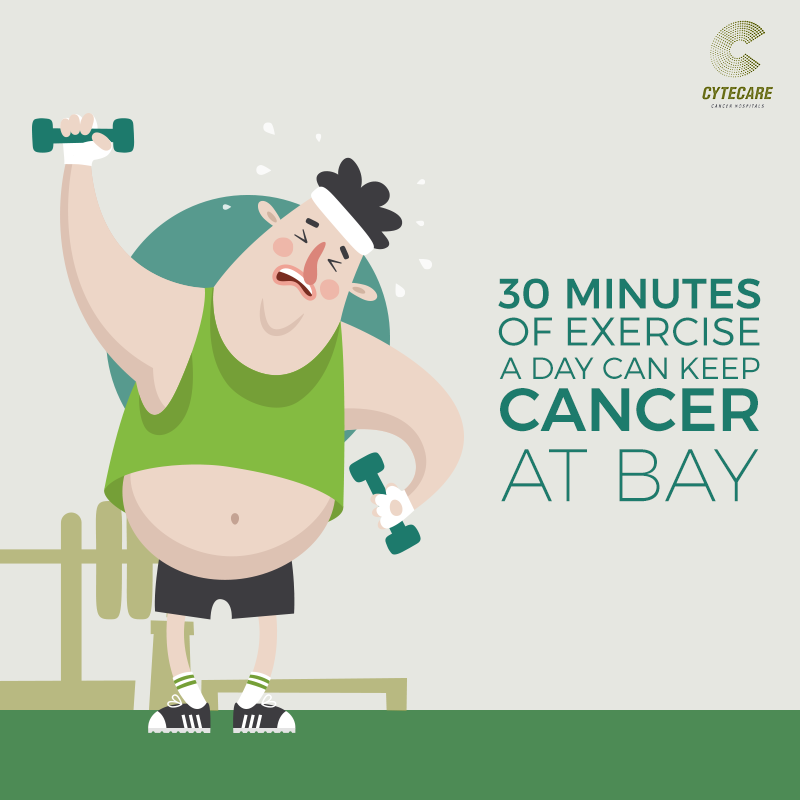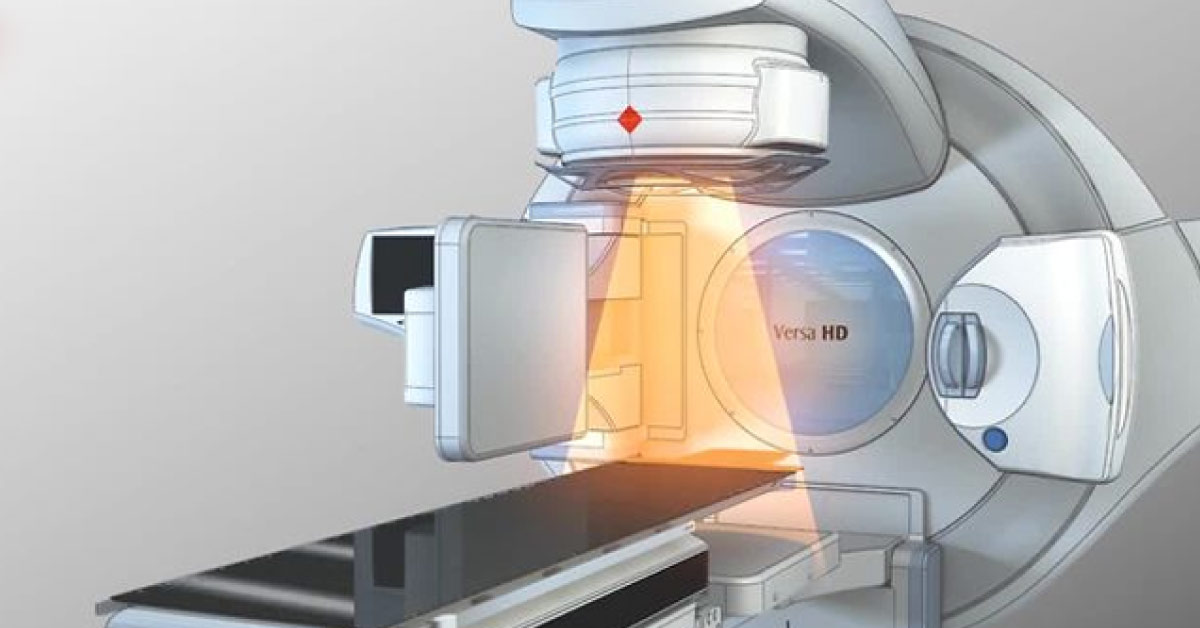
Author:
Dr. Shailesh AV Rao, Senior Consultant Neurosurgeon, Cytecare BRAINS
Speed humps (or speed breakers) are the common name for a family of rounded “ traffic calming devices” that use vertical deflection to slow motor-vehicle traffic. The use of vertical deflection devices is widespread around the world, and they are most commonly found to enforce a low-speed limit under 40 km/h. However, their use is deplorable and is often a dangerous health hazard.
Health Hazards:
- Speed bumps pose serious hazards and have often been fatal to motorcyclists, scooterists, bicyclists, etc
- They cause spinal damage and aggravate chronic backache
- People standing in buses often have had significant fall
Other disadvantages:
- They can increase traffic congestion due to slowing down
- Can slow emergency vehicles
- Can be disturbing for drivers
- Maybe difficult to navigate for vehicles with low ground clearance, even at very low speeds
- May divert traffic to parallel residential streets
- Possible increase in noise and pollution due to braking
- Traffic travels in a lower gear using significantly more fuel per mile
- Heavy sedans, trucks, and SUVs are not always slowed down by speed humps
- Increased wear and tear of brake pads
- Damage to suspension, oil sumps and exhaust pipes
- Cause increased vibrations and endangering nearby properties
Poorly-designed speed bumps stand too tall or with too-sharp an angle. Short traverse lengths with a height, slow vehicles drastically and are most dangerous. Speed humps in some areas have been removed after protests by local residents.
For example, complaints from Derby residents prompted the removal of 146 speed humps from streets at the cost of £460,000.
In 2003, the chairman of the London Ambulance Service claimed that delays caused by speed humps were responsible for up to 500 avoidable deaths from cardiac arrest each year.
Solution:
Speed table (or flat top hump or raised pedestrian crossing) is designed as a long speed hump with a flat section in the middle.
Speed tables are effective in calming traffic on streets where the speed limit needs to be maintained rather than slowing cars more significantly. Speed tables cause less of a delay than humps and are typically preferred by fire departments over speed humps. Speed tables are generally long enough for the entire wheelbase of a passenger car to rest on top. The long, flat design allows cars to pass without slowing as significantly as with speed humps or cushions. Speed tables are often used on roads with typical residential speed limits. Speed tables can also be signed as pedestrian crossings, namely zebra crossings.




